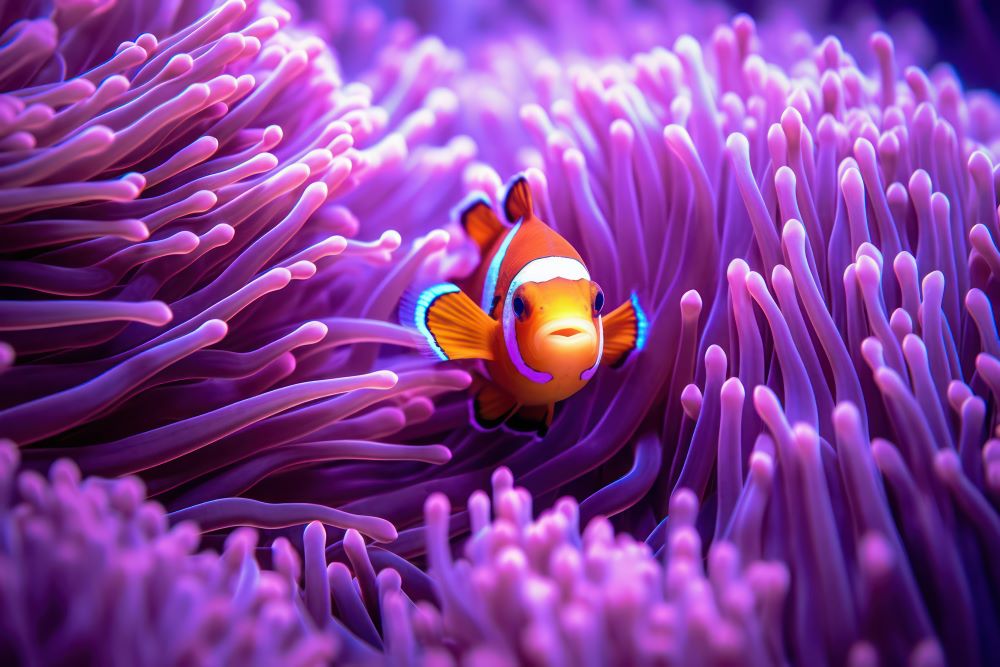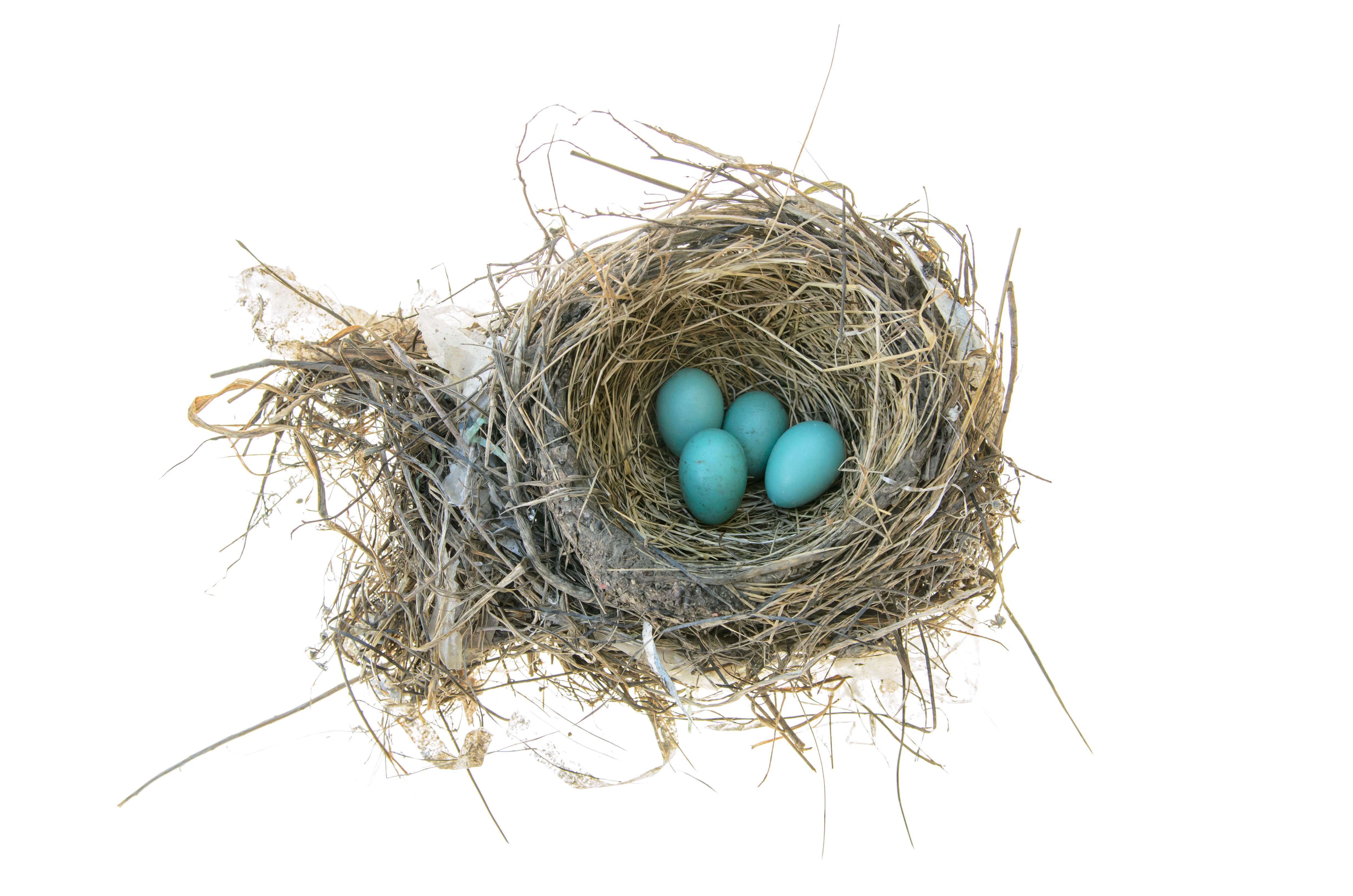
From enchanting glowing animals to radiant yellow butterflies, the Denver Museum of Nature & Science’s latest exhibition “Wild Color” promises to provide our visitors with plenty of wonder and astonishment.
The exhibition celebrates the vibrant and untamed beauty of the natural world, showcasing a diverse collection of vivid flora and fauna. Wander through rooms, each dedicated to a hue from the rainbow and grasp the profound roles colors play in the natural world. From the mystery of creatures that change color to shades that the human eye can't perceive, "Wild Color" promises to be a transformative experience for all.
When does ‘Wild Color’ open?
Museum members get a sneak peek on Nov. 16. Our wider community can join the adventure on Nov. 17. Entrance into the temporary exhibition is included with your Museum membership or general admission entry! The exhibition content is written in English and Spanish.
When you visit, here are just a few of the fun facts that you will see, learn and experience at the Denver Museum of Nature & Science’s Wild Color:
Eating seeds and berries turns cardinals’ feathers red

“Wild Color” opens to the public on Nov. 17, 2023. (Photo/ Chet Hicks)
You are what you eat! The vibrant red feathers of a cardinal are the direct result of the fruits and berries they consume that are rich in carotenoids, responsible for the brilliant red hue. These natural pigments are essential for maintaining their colorful plumage, embedding the vivid color as cardinals molt and grow new feathers. Should a cardinal's diet become deficient in carotenoids, their once-splendid red feathers can fade to a dull brown and become less fun to look at.
Chromium and vanadium give emeralds their green hue

Emeralds are a testament to the mesmerizing colors hidden beneath the Earth’s surface. (Photo/ Adobe Photostock)
Emeralds are a testament to the mesmerizing colors hidden beneath the Earth’s surface. The emerald gemstones owe their captivating green color to trace elements chromium and vanadium. These precious stones are formed under intense heat and pressure deep within the Earth's crust and are unearthed as rough gems and then cut and polished to reveal their most brilliant green shine.
Robin eggs’ blue tint blocks UV radiation

Blue robin eggs are not only cool to look at, but they also serve a protective purpose. (Photo/ Adobe Photostock)
Blue robin eggs are not only cool to look at, but they also serve a protective purpose, shielding the developing embryo from the harmful ultraviolet radiation emitted by the sun. The vibrant blue hue is the result of a pigment called biliverdin, which the mother deposits on the eggs after laying them in the nest.
Harmless clownfish mimic venomous anemones

Clownfish have evolved an extraordinary symbiotic relationship with venomous sea anemones. (Photo/ Michelle Kuo)
Clownfish have evolved an extraordinary symbiotic relationship with venomous sea anemones. By sharing the anemone's distinctive coloring and integrating safely among their stinging tentacles, clownfish not only find refuge but also ensure a mutual benefit, as their presence lures prey and provides cleaning services to their venomous protectors.
Only male violet-backed starlings display purple feathers

Violet-backed starlings males flaunt a spectacular show of iridescent purple plumage. (Photo/ Adobe Photostock)
For violet-backed starlings, it's the males that flaunt the spectacular show of iridescent purple plumage, a dazzling trait that is used to attract females during the mating season. Females, on the other hand, sport a more subdued brown feathering, a strategic camouflage that helps them remain inconspicuous while nesting.
